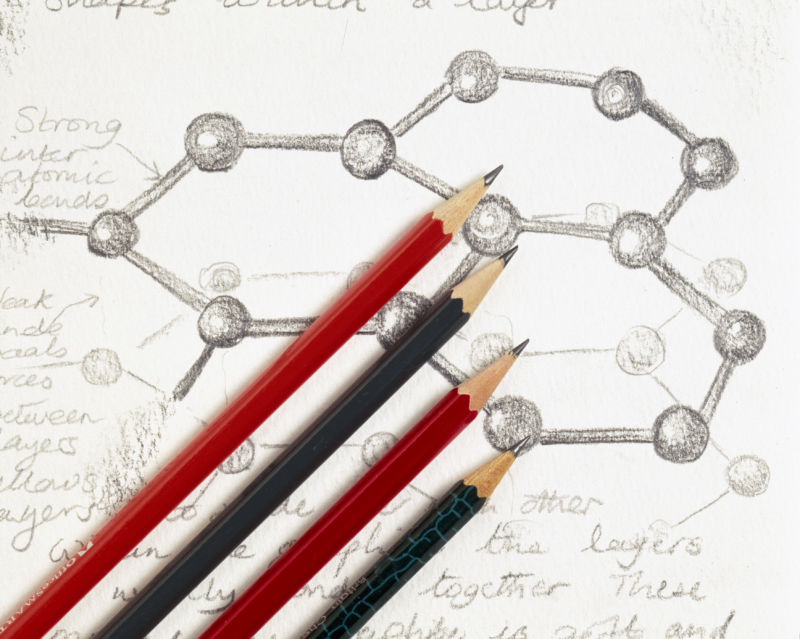Big transistor senses the arrival of a single molecule

Enlarge / Maybe you can detect a single molecule with pen and paper, but it's hard in real-life physics. (credit: SSPL/Getty Images)
In science, there are results that are ho-hum and results that make everyone go ooooh. (There are also a few ho-hum results that still make everyone go ooooh.) In physics, that last category is dominated by single-molecule detection experiments.
Single-molecule detection is, basically, the limit for diagnosis. Imagine being able to pick up and read a single DNA strand or figure out if someone has an infection from the presence of a single protein. That is the noble objective. A lot of single-molecule detection results, however, are impressive but ultimately useless because they involve completely impractical conditions. This may be changing with a recent publication of single-molecule detection without any cheating.
Chris: Stop being meanFirst off, single molecules are really hard to find. They are small and generally don't have much effect on the world. Yet we know that in biology, single molecules can have a huge influence-neurons are sensitive to single molecules. Some types of sperm get directional information from sensing single molecules. Nature, when needed, seems to have no trouble with single-molecule detection.
Read 17 remaining paragraphs | Comments